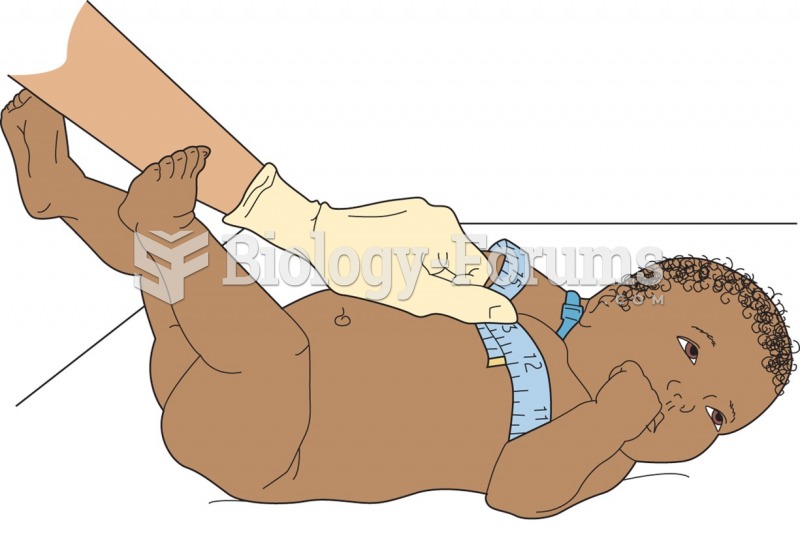Answer to Question 1
3
Rationale 1: Flowers or a plant could contain pollen or mold; a stuffed animal might contain dust or dust mites.
Rationale 2: Flowers or a plant could contain pollen or mold; a stuffed animal might contain dust or dust mites.
Rationale 3: A book can provide entertainment without the risk of exposure to a possible cause of asthma for the client. Flowers or a plant could contain pollen or mold; a stuffed animal might contain dust or dust mites.
Rationale 4: Flowers or a plant could contain pollen or mold; a stuffed animal might contain dust or dust mites.
Global Rationale: A book can provide entertainment without the risk of exposure to a possible cause of asthma for the client. Flowers or a plant could contain pollen or mold; a stuffed animal might contain dust or dust mites.
Answer to Question 2
2
Rationale 1:Having fits of coughing is incorrect because cough is part of a bronchospasm.
Rationale 2: The attack creates bronchospasm, characterized by intense breathlessness, difficulty or painful breathing, coughing, and gasping for air. Air should be able to leave the lung with no energy expenditure required, but during an asthma attack, air gets trapped in the alveoli and is not able to escape. Respiratory arrest can occur if the attack continues. Coughing is not a characteristic of an asthma attack. Administering oxygen is not helpful until the bronchioles are opened.
Rationale 3:Requiring oxygen is incorrect because oxygen is not helpful until the bronchioles are opened.
Rationale 4:Going into respiratory arrest is incorrect because a bronchospasm occurs first, and if it continues, respiratory arrest is possible.
Global Rationale: The attack creates bronchospasm, characterized by intense breathlessness, difficulty or painful breathing, coughing, and gasping for air. Air should be able to leave the lung with no energy expenditure required, but during an asthma attack, air gets trapped in the alveoli and is not able to escape. Respiratory arrest can occur if the attack continues. Coughing is not a characteristic of an asthma attack. Administering oxygen is not helpful until the bronchioles are opened.







